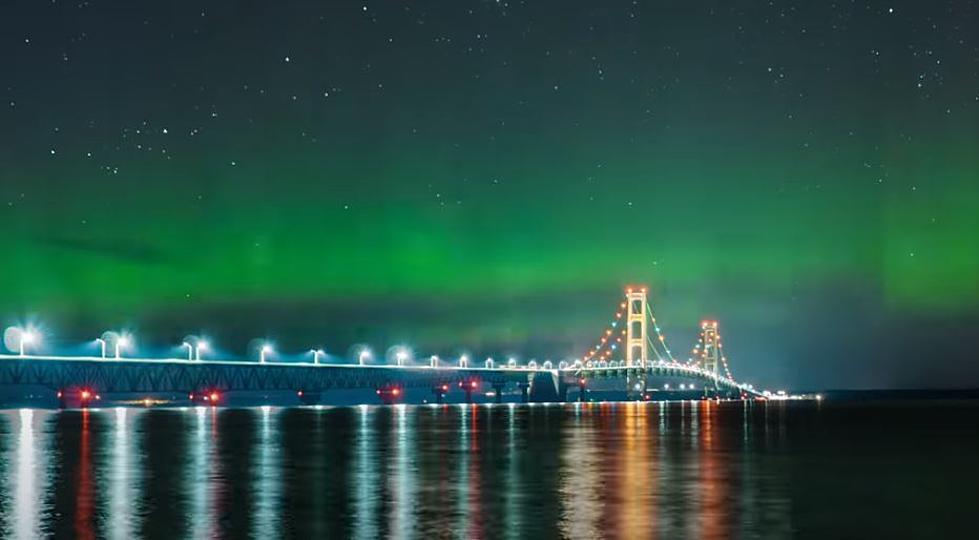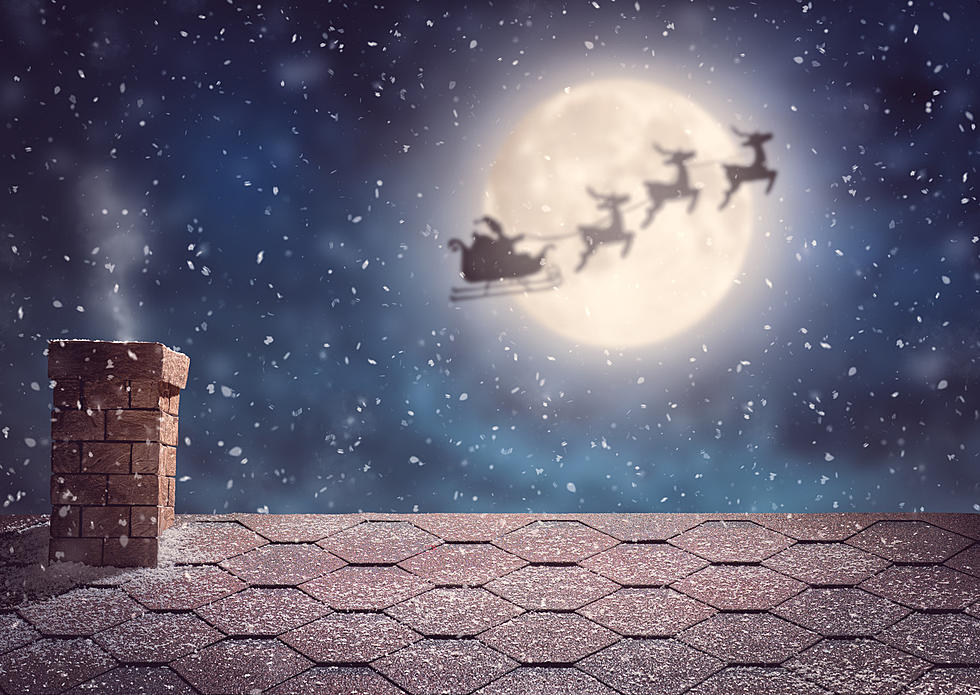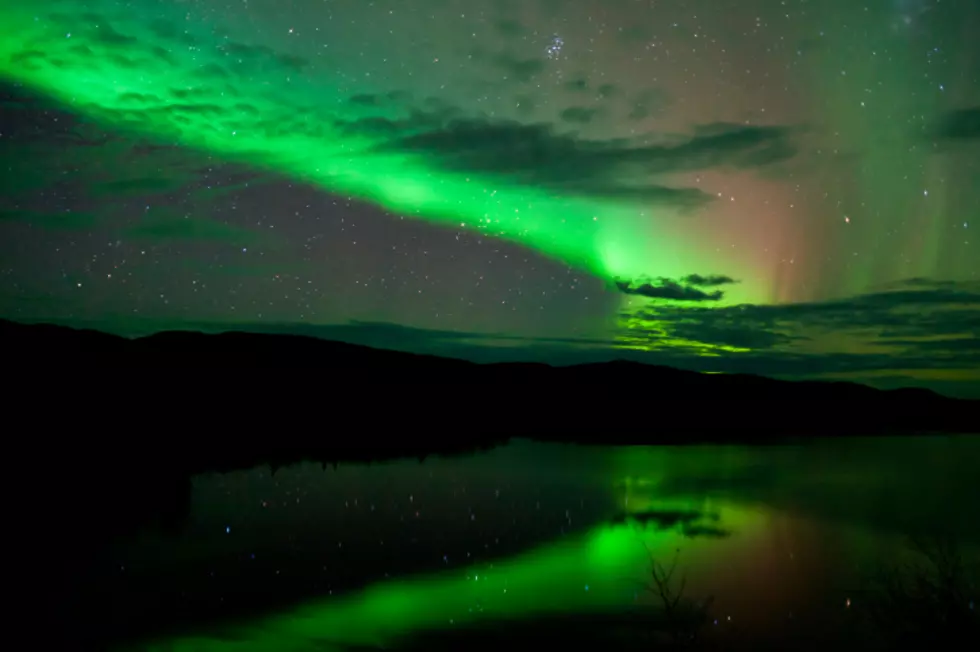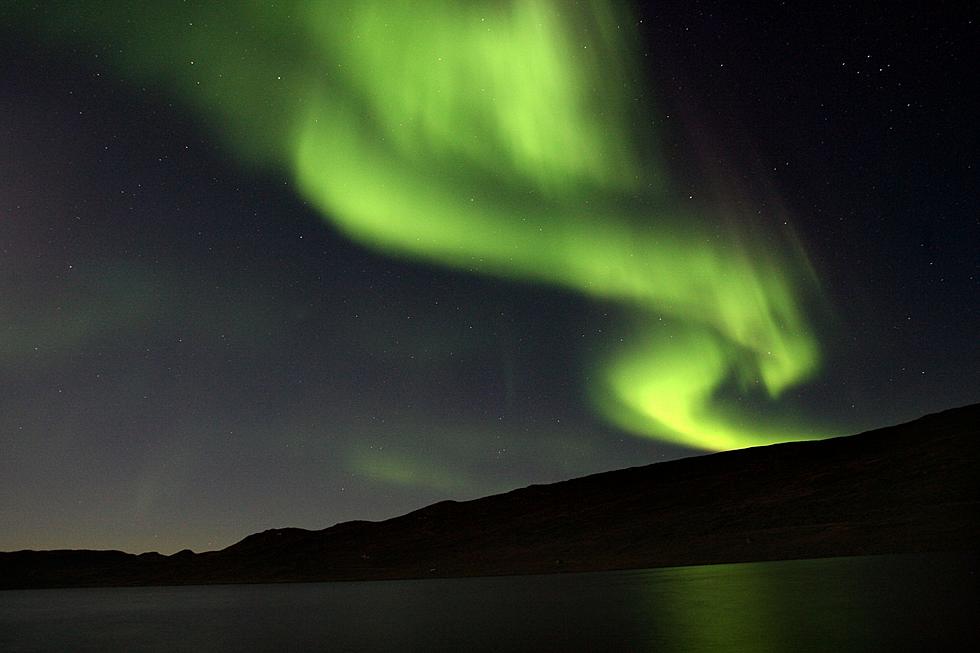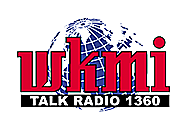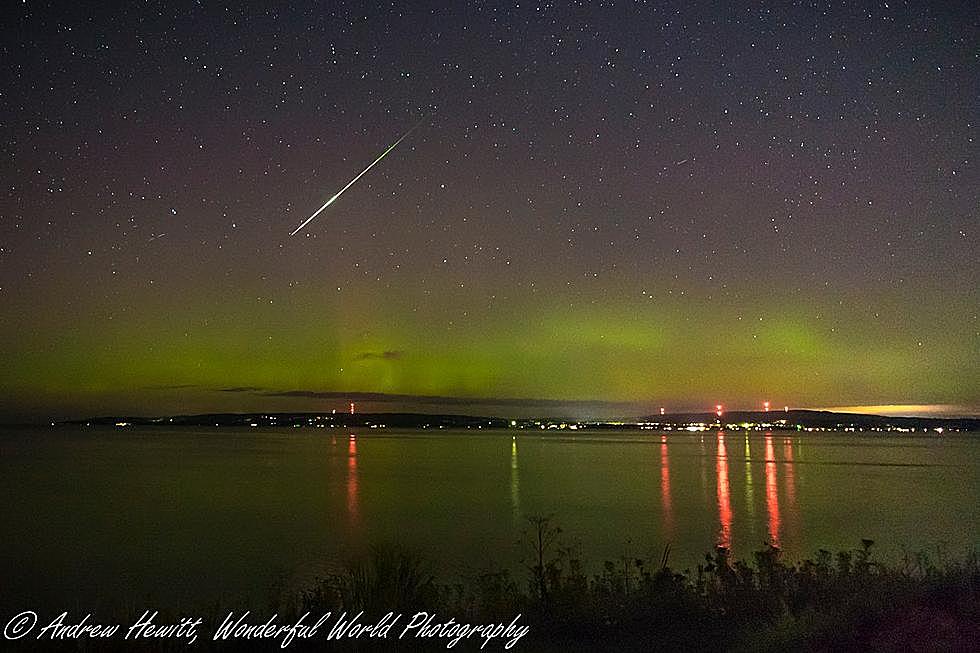
Northern Lights Forecasted For Michigan During Labor Day Weekend
The Northern Lights are expected to be visible in Michigan over the long Labor Day Holiday weekend.
The National Oceanic and Atmospheric Administration's Space Weather Prediction Center has issued a G2 (Moderate) Watch in effect for September 1, 2019; while the G1 (Minor) Watch remains in effect for the 31 August, 2019. These geomagnetic storm conditions are forecast in response to influences associated with a coronal hole high speed stream. While timing of this activity has a level of uncertainty, the current expectation is the arrival of a co-rotating interaction region the later half of the 31st of August, followed by CH HSS onset late on 31 August and into the 1 September UTC-day. Solar wind speed is anticipated to reach in excess of 650 km/s as the CH HSS becomes increasingly geoeffective.
The northern lights (also known as auroras) is described as a natural light display in the Earth's sky. They are normally spotted in regions near the Arctic and Antarctic. They happen after electrons are disturbed by solar winds and react to Earth's magnetic field. This is the short explanation. The truth is there is a lot of science involved and many conditions have to be just right to produce the lovely dance of lights across the night sky.
The southern half of Michigan's lower peninsula can be challenging for those hoping to take the phenomenon in. Just as there are storm chasers, there are those who chase the lights. When looking to view the northern lights you want to find a location with little light pollution and an unobstructed view of the northern night sky. Click here for great road-trip locations to try viewing the northern lights.
More From WKMI



